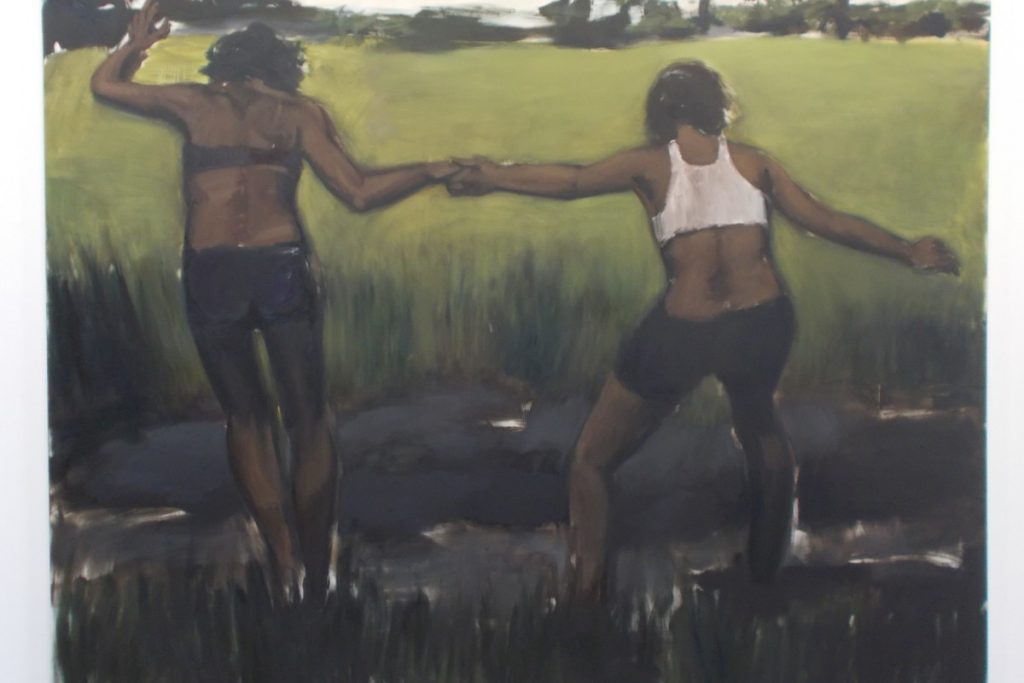
Cat Tully writes: It was great to join OECD colleagues in Paris at the beginning of March for the 2020 Development Assistance Committee (DAC) Friends of Foresight event. It was hosted by OECD’s Development Cooperation Directorate, led by Ana Fernandes.
Great, too, to hear from international development agencies such as USAID, France’s AFD and Germany’s GIZ. They shared their experiences of using foresight in the development sector. If you’re a development practitioner curious about foresight, take a look at SOIF’s resources on this. They include the SOIF Primer and our new futures toolkit for Save the Children UK.
Shaping development
Of course, if we want foresight to shape the development sector’s approach to planning, strategy and implementation, we need to do more. Reflecting on the event on the Eurostar home, five challenges struck me as critical.
- How to move development actors away from using foresight only to look at single issues such as the future of health. Development challenges are interlinked and indivisible. The SDGs framework understands this. What’s needed now is for the OECD DAC and its member organisations to use foresight to explore whole systems, not just issues.
- How to create the space and the confidence to prepare for alternative futures, and to challenge assumptions about the ‘likely’ future. And how to do this in an environment where the pressure for measurement and evaluation of results often makes practitioners more comfortable ‘projecting’ futures based on historical data/current trends, and cautious of considering newer signals or disruptive trends.
- How to harness development ministries’/agencies’ exceptional international networks. These include staff, partners, and implementing bodies in the field. Together, they could strengthen horizon-scanning efforts, for example detecting ‘weak signals’ of emerging trends.
- How to bring together OECD DAC members to collaborate on foresight efforts (from horizon scanning to assessing implications for policy and operations through ‘sensemaking’). This would let them pool resources and focus effort on the response.
- How to build the internal capabilities within development agencies to institutionalise and normalise foresight. And how to do this without making foresight too ‘rigidly’ embedded? It’s better to find a way to engage core policy and implementation teams regularly, rather than creating a new standalone unit. Or. Put differently: how to make aid agencies use foresight to respond in a more agile way to change?
National strategies
One thing we didn’t touch on in Paris, but that is on my mind as I prepare to speak at DfID in London next week, is how development agencies fit with governments’ overall national strategies. This is also about how they contribute to assessing, and addressing, the future threats and opportunities ‘donor governments’ will need to address in our interdependent, insecure world.
SOIF has been part of foresight conversations in the field of development for the last decade. We’re planning to do more in this area very soon… Watch this space.
